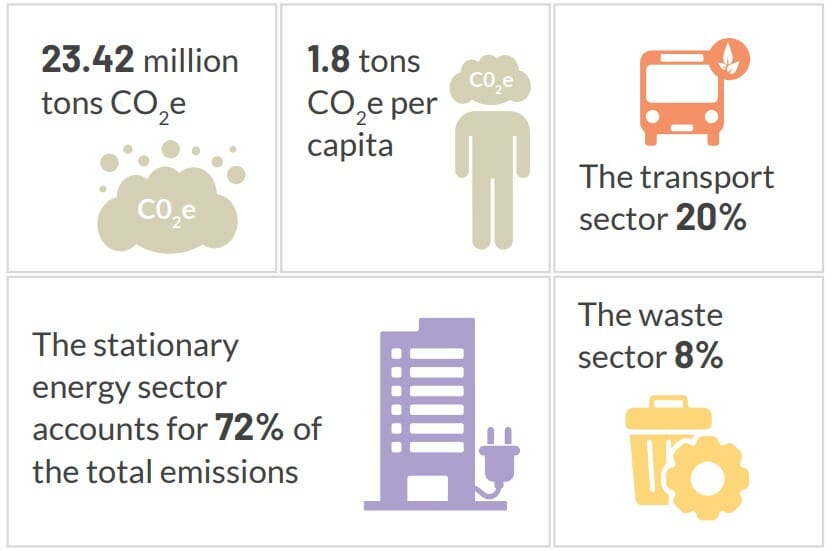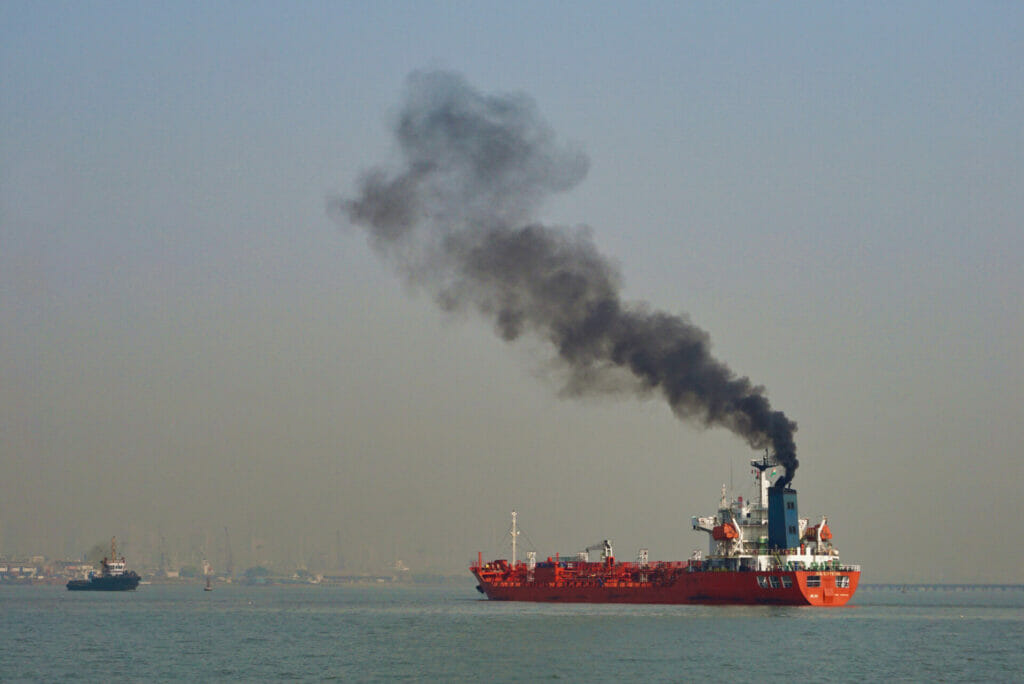The United Nations Climate Change Conference (COP27) is over, marking another close to global discourse on climate emergency. Amidst proclamations made on a global and national scale, Mumbai became the first Indian city to receive an ‘A’ on the CDP’s 5th Annual Cities Report, which rates cities on the basis of their environmental action and transparency.
To know and understand the details of this, Citizen Matters spoke to Saurabh Punamiya Jain, the former research and policy secretary to the former Minister of Environment and Climate Change, Aaditya Thackeray. He played an important part in drafting the Mumbai Climate Action Plan (MCAP), and currently, he is on the team of UN Climate Change High-Level Champions.

Below is an edited interview with him.
What are a few of the major takeaways from COP27?
The highlight of COP27 was that there was broad consensus on loss and damage; there should be some assistance for vulnerable groups across the world. While the mechanics of the fund will be figured out by the transitional committee over the next year, this is important for India, as it is a low-to-middle income country with a vulnerable geography.
How did India fare at the conference?
At one stage in the negotiations, India was pushing for a complete fossil fuel phase out, as opposed to last year when it argued for a coal phase down. Some Indian states, like Tamil Nadu, Gujarat and Maharashtra with Majhi Vasundhara, demonstrated the work they’re doing, as did the Indian government with its EV policy. Our representation at COP needs to grow further, but it was encouraging nevertheless.
India also announced its pathway to low carbon emissions led growth at COP27, which is very well aligned to the general growth philosophy India should have in the future.

What is the role of Mumbai here?
Right before COP27, Mumbai was accorded an A rating on the CDP’s 5th Annual Cities Report, which judges cities based on their environmental action and transparency: their greenhouse gas inventory, climate action plan, the policies in place, etc. This increases confidence within investors and a large community of stakeholders.
We’re trying to do the right thing, but we need more momentum to act upon it.
Mumbai’s target is to go net zero first in 2050, before its 2070 target. Is this a realistic goal?
Mumbai has a higher per capita income than the rest of the country, which means it can do better on climate action. It’s the same debate with the global north and global south; the richer parts have to have to go net-zero faster so that there is room for poorer parts to develop and get there eventually.
Mumbai is also a member of the C40 cities, which has its own goals to keep global average temperatures below 1.5 degrees Celsius and reduce emissions in half by 2030 as per the Paris Agreement.
The function of the Mumbai Climate Action Plan (MCAP) is to meet the C40 standards, which continues.
The municipal commissioner represented Mumbai at the C40 summit and as a part of Mumbai’s G20 commitment to the U20 group of cities in the past months. In that respect, the momentum still carries forward the legacy of the previous government.
We don’t want to politicise the issue but “policise” it – think about policy consequences for the city. There is very little time to protect Mumbai from its vulnerabilities to climate change.
Read more: Can COP27 impact Mumbai’s fossil fuel phase out?
How has progress on the MCAP been after the change in the Maharashtra government earlier this year in July?
The previous administration had an extremely dynamic leader who understood climate change and the impact it will have. That knowledge and leadership deficit will naturally be felt.
Things slow down when a new administration comes to power. As of now, a lot of things are in the pipeline and there is no resistance as such. But it still remains to be seen what’s going to happen.
How much control does the BMC have over climate emissions from Mumbai?
This is a debate in a lot of cities across the world.
Cities has control over municipal emissions: waste, sewage, energy, transport, etc. The BMC has a lot to work with. It’s also a uniquely placed local body, having a good amount of resources and being in a position to tap into international sources of funding to work out decarbonisation.

Where do Mumbai’s energy sources come from, and how can we make the transition from non-renewable to renewable?
A large composition of Maharashtra’s energy comes from thermal energy, ie. coal based power plants. There are three main energy distribution companies in Mumbai: Adani, Tata and BEST, the latter which the BMC has reasonable control over. They’ve all been cooperative with us throughout the making of the MCAP, and they also have their own personal targets as organisations, which are in alignment with our 2050 target.
The distribution companies also offer clean energy to consumers at a premium. Tata has a net zero plan of phasing out coal. BEST is working on very innovative programs to increase the solar energy capacity in its buses.
Cleaning up the grid will require heavy investment. There were some right steps taken by the previous administration towards this at last year’s World Economic Forum, where they signed a lot of MoUs to increase the renewable energy composition in its general mix.
What are the sources of energy we could turn to instead?
The world is moving towards solar and wind energy. Mumbai needs a study done on offshore wind potential, because we have a great coast line. Gujarat is working on this and so is Tamil Nadu. Indigenously developed nuclear technology, which emits low carbon, is also a great option. Integrated power systems and systems friendly renewables will be key for a low carbon future and yes, grids don’t have boundaries. So the solution to this cannot be looked at just from Mumbai and Maharashtra’s perspective.

What are the areas in which individuals can make the most difference in the fight against climate change?
Most transit in Mumbai still takes place through public transport, even though the fraction has reduced, due to consumer preference, the convenience of Uber and Ola and the reduction in the capacity of public transport. Our governments have focused on the metro, which is fine. But we also need more buses, because that will lead to increased coordination and use of both the transports. BEST are increasing their fleet size, and I’m hoping the metro will come at the right time in a few years.
Then, hopefully, we will see if Mumbaikars change their behaviour to prefer public transport.
Another area is waste segregation. Not only are we lagging behind as individuals, but we also need to pressure the BMC to manage it better.
Are Mumbai and India on track to meet their targets?
For the kind of resources it has, India has done well so far.
In many ways we are on track, and in many ways we are not. But we are not to be blamed entirely. We will need money, resources and technology without high IP royalties to flow in from the global north to meet our targets faster and easily.